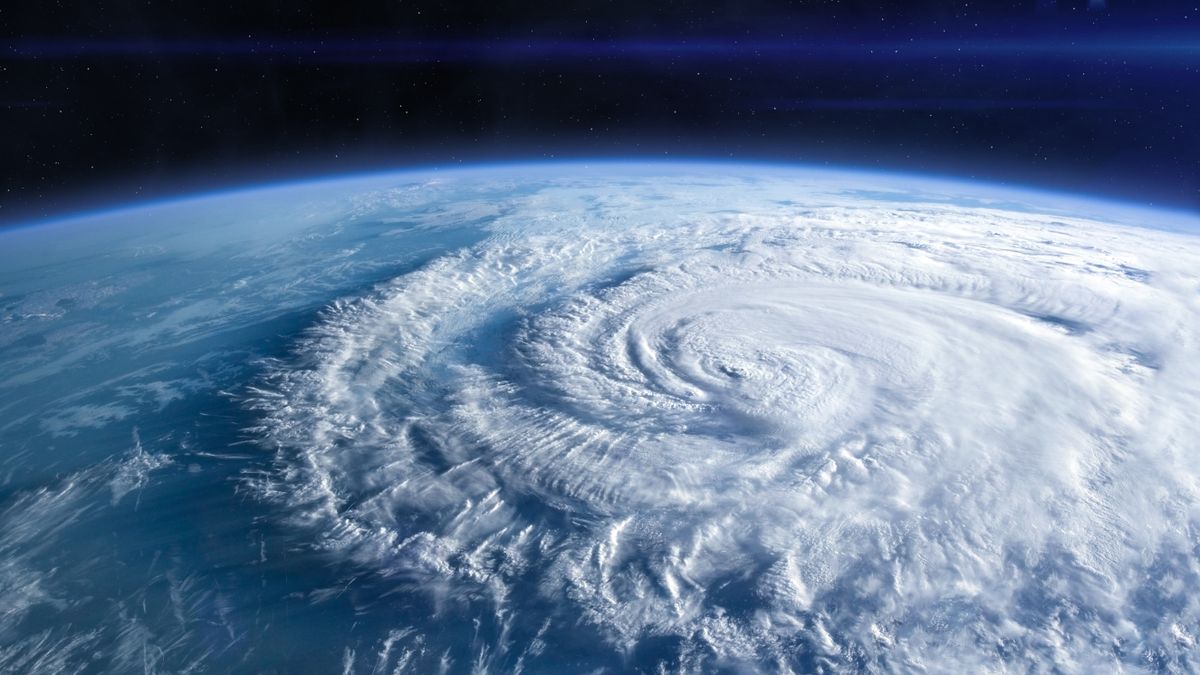
AccuWeather meteorologists forecast an exceptionally active Atlantic hurricane season in 2024, driven by the transition from El Niño to La Niña and warm Atlantic temperatures.
Meteorologists at AccuWeather are issuing early warnings for what could be an exceptionally active Atlantic hurricane season in 2024, citing a convergence of key climatic conditions that could lead to a surge in tropical storm and hurricane activity.
With the official start of the hurricane season on June 1 still months away, forecasters are pointing to the potential for a “blockbuster” season based on current oceanic and atmospheric trends.
The primary factors fueling these predictions, according to the weather forecaster, include the expected shift from the current El Niño weather pattern to La Niña and the notably warm water temperatures across the Atlantic Ocean. La Niña conditions, characterized by cooler-than-average sea surface temperatures in the Pacific Ocean, are known to decrease wind shear in the Atlantic, thereby enhancing the potential for tropical cyclone formation.
“The current El Niño pattern that is in place is forecast to transition into a La Niña pattern during the second half of the hurricane season,” AccuWeather Chief Meteorologist Jonathan Porter said.
Historically, seasons influenced by La Niña have resulted in higher-than-average storm activity. This was observed in the record-setting 2005 and 2020 hurricane seasons, each producing 31 tropical systems. Porter emphasized the growing concerns over these conditions, which could make the second half of the 2024 season particularly tumultuous.
In Florida, which has borne the brunt of numerous storms over the years, the outlook is being watched closely. Hurricane Idalia, a Category 3 storm, made landfall on Aug. 30 near Keaton Beach in Taylor County and served as the strongest storm to make landfall over Florida last hurricane season.
While the storm mainly hit less populated areas, it wreaked havoc in smaller communities such as Perry and Cedar Key. The hurricane’s aftermath saw significant wind damage ranging from residential roof losses to extensive damage in commercial structures. Coastal areas, especially, felt the after effects of storm surge impacts with considerable damage to manufactured and residential homes.
Share this: Tweet
More
Like this: Like Loading…
Source: thecapitolist.com



